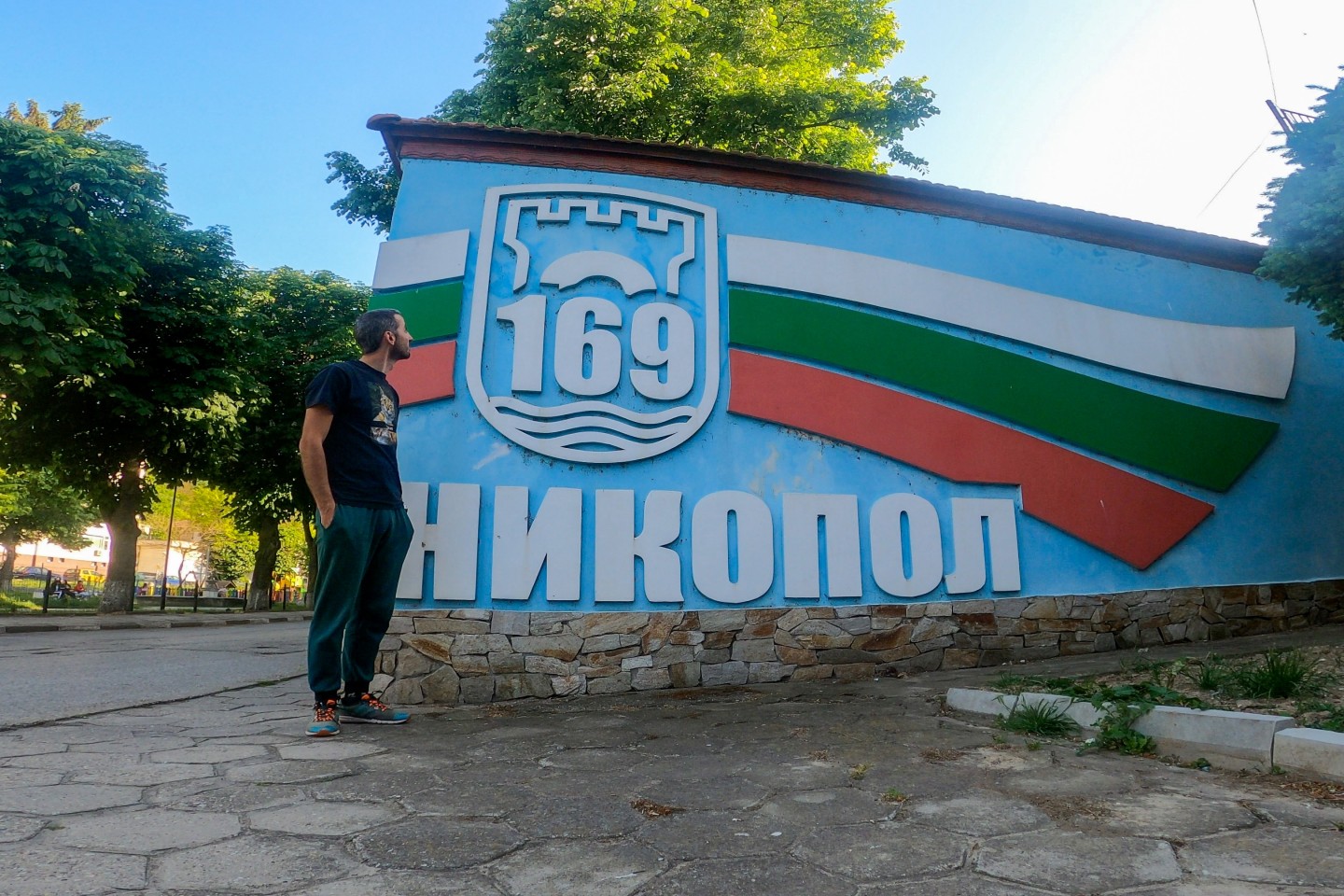
9 places you must visit in Nikopol, Bulgaria
Welcome to Nikopol! This small town, located on the banks of the Danube River in Bulgaria, is distinguished by a unique combination of history, culture and nature sights. From the medieval Nikopol fortress to the beautiful Orthodox churches and panoramic views of the Danube, Nikopol invites you to immerse yourself in its rich history and enjoy its unique atmosphere. Excellent for a visit by history buffs, nature lovers or thrill seekers, Nikopol welcomes you with open arms.
And here are the 9 sights in Nikopol that I recommend you to visit.
1. Medieval Nikopol fortress
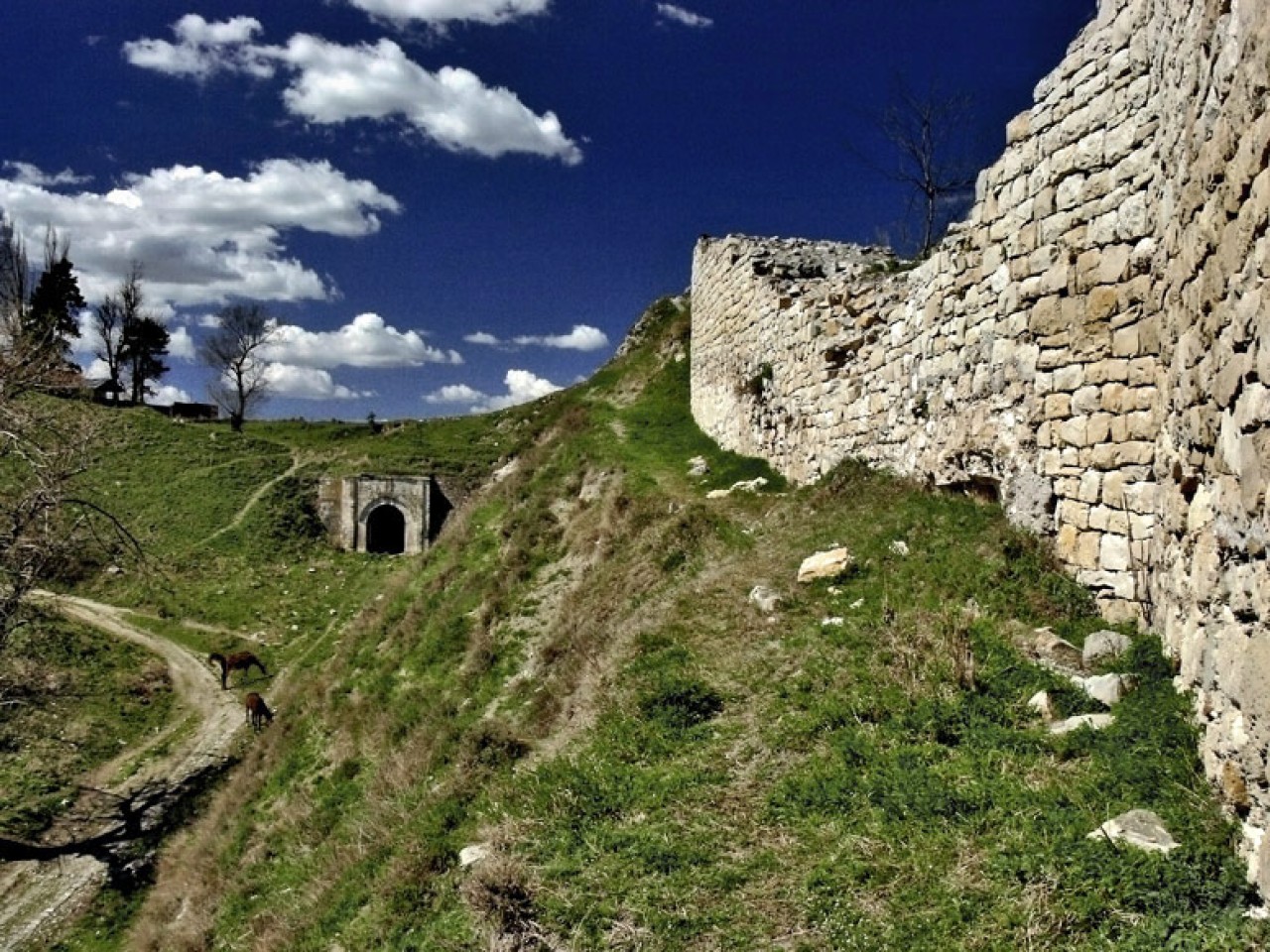
/Image: Pochivka Bg /
The Nikopol fortress is one of the most inaccessible and well-guarded fortresses from the Middle Ages to the end of the second Bulgarian kingdom. It was built on one of the hills above Nikopol, and the first written records of it date from the 11th century. After fleeing Tarnovo, Tsar Ivan Shishman settled in the Nikopol fortress and spent the last few years of his life there. The gate that will meet you at the entrance is also named after him. Unfortunately, this is not the real gate, as the original is on display in the regional history museum in Pleven. A small part of the fortress has been preserved, and excavations are currently taking place there. However, you will definitely like the view from it and it will help you imagine how great the fortress was back in the day.
2. The Rock Church "St. Stephen"
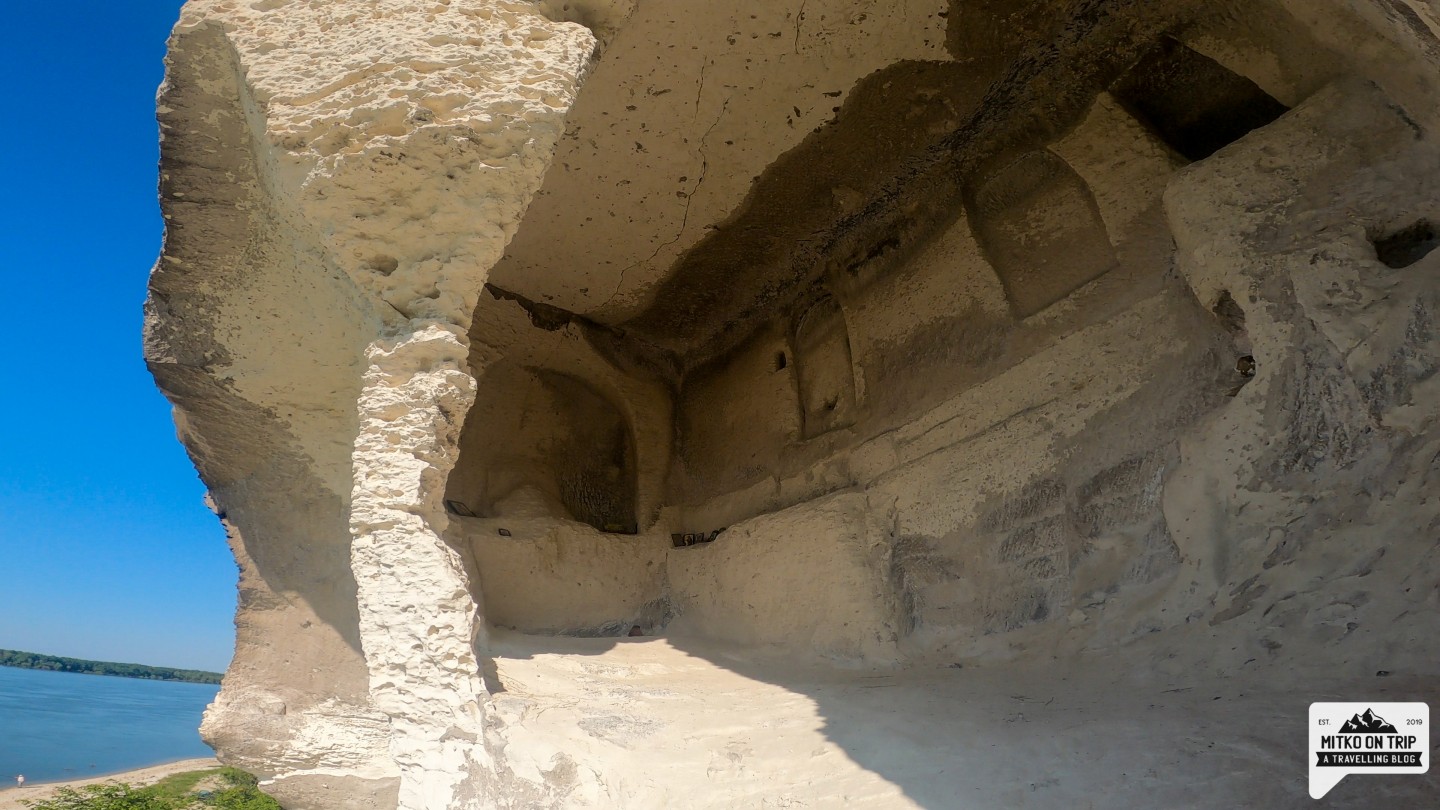
The rock church "St. Stephen" is located about 1 km from the promenade of Nikopol. It is carved into sheer limestone rocks and is very interesting with the typical white color of this type of rock. It is reached by a steep, narrow forest path, which is not secured. It is said that the church was part of a monastery complex. It has a small altar with several icons and a curious two-armed cross. Numerous inscriptions on the rocks are food for thought - some of them are probably from the III-IV century, and others are from a few years ago. And the view of the Danube River is...

3. Boat ride along the river islands and picnic by the shore

It is a great idea to go on a boat trip along the Danube with the local tourist company. In this way, you will be able to view both the city from afar and the beautiful islands along the Danube River and the Romanian coast. It is interesting that the islands along the river quite often appear and disappear due to the change in the level of the river. You can see small "baby" islands and huge ones that have been there for as long as fishermen can remember. Along with the walk, you also have the option of an included picnic by the river or fishing, which for me is definitely worth experiencing. You can read more here.
4. The beach of Nikopol

The town's beach is one of the places where a large part of the locals gather during the warmer months. It is very suitable for rest and relaxation, and recently it has been made even more attractive thanks to some beautiful designs painted on the river wall, a beautiful wooden gate with signs for the various islands and hammocks placed. Definitely worth a visit during the warm part of the year to cool off or fish.
5. The historical museum

The history museum is located in a beautiful old building, which immediately caught my attention with its beautiful wall clock. The building inside is spacious and contains numerous exhibits dating from the 5th-1st century BC. There is a very interesting story about Catholicism and the creation of the Diocese of Nikopol, as well as history about the Jews in the area. You can see many different coins, vessels, weapons and other interesting objects of life and culture in this place.
6. Cheshma "Elia" (Syutliika)

The Elia fountain is a small spring with drinking water. What is interesting about her is that the spout of the fountain is shown by a huge stone block. This stone represents an authentic Roman sarcophagus from the year 160-180. On the sarcophagus is carved works in measured speech, which shows the feelings of the Roman official Fronton, towards his deceased beloved Elia. Around 1870, the French archaeologist Ernest Desjardins read the written work and in turn added an inscription on the side of it, which reads:
After seventeen hundred years
an unknown passenger
came to read your poems
at the end of the old wall.
Your request, Frontone, was not in vain.
Elijah's tomb is turned into a fountain.
And Bulgarian brides,
girls and boys
they pour their pitchers from it
both spring and autumn.
The path to it
has become a promenade.
Your friend dear
she has turned into a nymph, an eater.
pretty girl
shine instead of flowers on the grave.
And your tears, Fronton,
are the clear streams of the fountain.
7. Victory monument and panoramic view of the river

The Victory Monument was created as a sign of gratitude to the liberators of our country in the Russo-Turkish War. It was erected in 1906 on one of the hills in the city. Over the years since then, it has been quite derelict, but it has now been restored, and a rest area has been created around it for the locals and guests of the city. Numerous benches and platforms gather young and old to enjoy the unique view of the Danube River and the nearby hills. And the sunset there will take your breath away!

8. Church "St. Peter and Paul"

This is a medieval church dedicated to Christ's apostles Peter and Paul. According to the traditions of Philip Stanislavov, who was the head of the Nikopol Diocese, this church was probably one of the four Orthodox churches at that time (year 1659). In 1871, Felix Kanitz studied her while she was still at the Turkish court, and later Karel Shkorpil. In 1927, it was declared a national antiquities, and later a cultural monument of national importance. It is not currently open to the public, but you can view it from the outside and enjoy the beautiful craftsmanship.
9. Vasil Levski's house ( Smolyanova House )

/ Image: Facebook page "Smolyans House" /
Vasil Levski's house is actually the "Smolyan House". It belonged to Tsviatko Smolyanov, and the Deacon often hid there. It is located within walking distance from the Elia fountain. At the time of my visit, it was still closed for restoration, but we walked by to see it from the outside. A beautiful bust of Vasil Levski has been erected in the courtyard, and we hope that on our next visit the restoration will be completed and we will be able to see it from the inside as well.
Hey, don't you think your friends would love to see this story? Share it with them and help my blog. Love ya, buddy
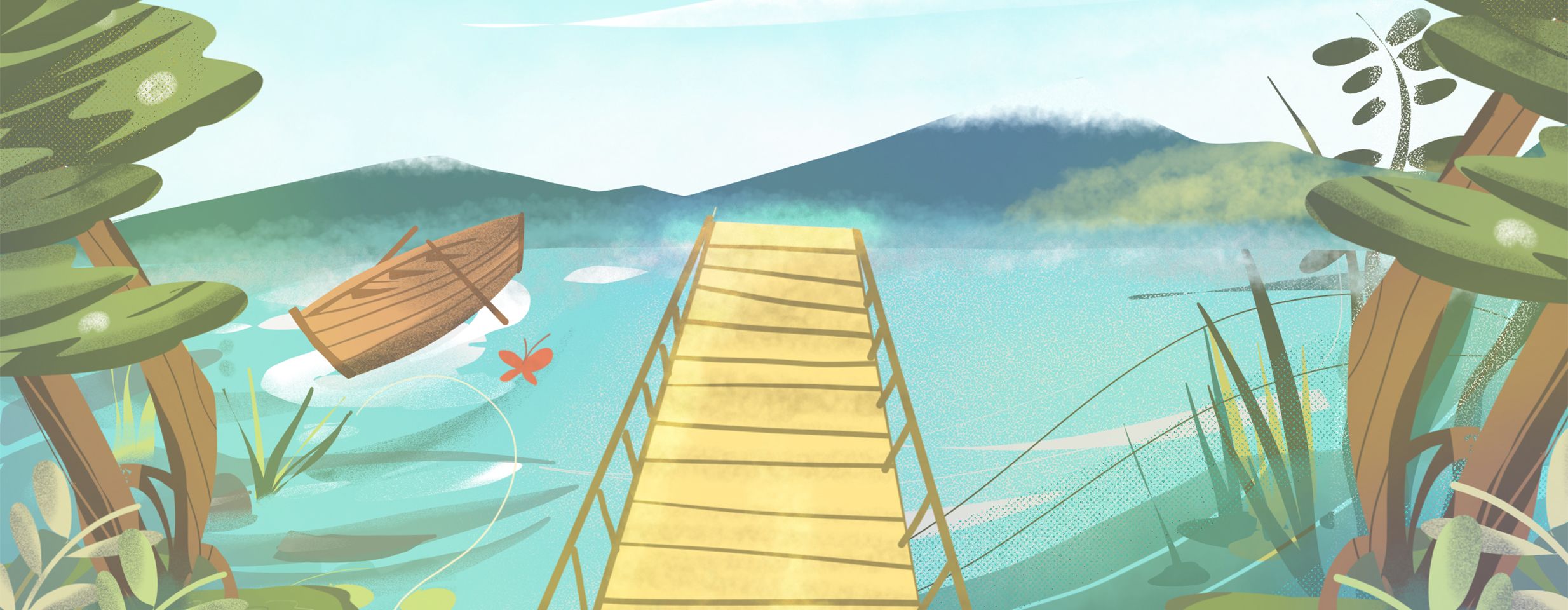






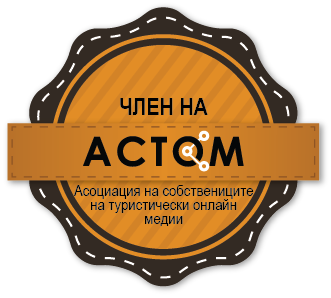
1 comments
Много хубава и полезна статия. Ще последвам идеите при посещението в Никопол, което планувам с моето семейство.
Leave a comment